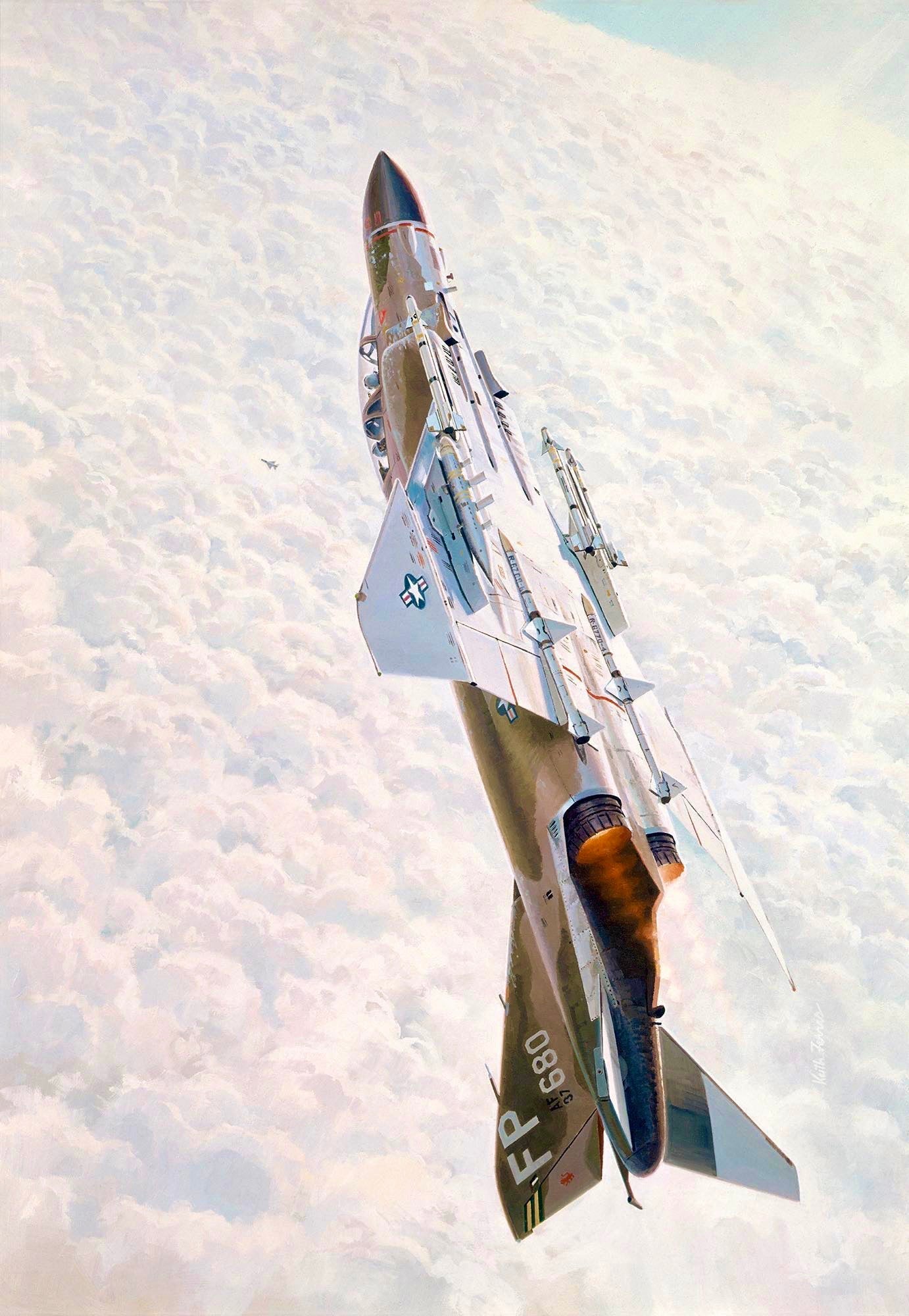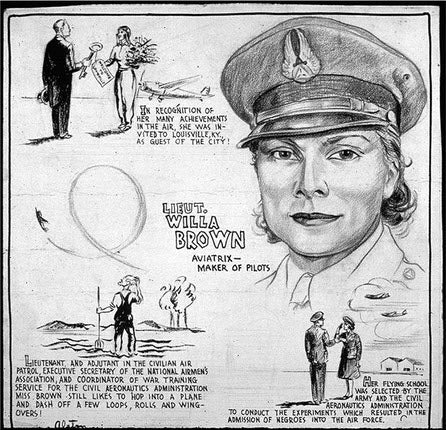Project Excelsior

A reproduction of Leonardo da Vinci's ornithopter he envisioned for manned flight.
Leonardo da Vinci made the first real studies of flight in the 1480's.
Da vinci had over 100 drawings that illustrated his theories on flight, one of which was the Ornithopter flying machine pictured above. It was never actually built, but it shows one of da Vinci's ideas to show how man might be able fly.
On November 21, 1783, the Motgolfier brothers finally made the first free flight carrying humans in Paris, France using a hot air ballon constructed of paper and silk.
The two occupants of this first manned flight were Francois Pilatrê de Rozier and Francois Laurent, Marquis of Arlanders. They stood on a circular platform attached to the bottom of the balloon.
The flight lasted 25 minutes, rose to an alttude of 500 feet, and safely landed 5 and 1/2 miles in a vineyard near Paris.
The startled farmers are thought to have they were demons arriving from the heavens, but the pilots quickly reassurred them and shared champagne with them.
By 1903 the Wright Brothers achieved manned flight on a powered aircraft which then ignited a fascination with flight that remains to this day.

One of the early flights of the Wright Flyer on December 17th, 1903.
Aviation and the USAF
When I joined the USAF back in 1960 I had dreams of flying jets only to discover my eyes were not good enough, and I hadn't graduated from college yet.
So, no flying military aircraft for me!
The point is that when you join the military you really have no idea where your time in the U.S. Air Force will lead you.
That was certainly true for Joseph William ("Red") Kittinger II!
Born on July 27, 1928, Joseph W. Kittinger II was eductated at the Bolles School in Jacksonville, Florida, followed by the University of Florida.
Like so many of us, Kittinger became fascinated with airplanes at a young age and by the age of 17 had soloed in a Piper Cub.

Myself and my wife in front of her Piper J-3 Cub.
In March of 1949 Kittinger entered the U.S. Air Force as an aviation cadet, and upon completion of his training in March of 1950, he received his pilot wings and a commission as a second lieutentant.
Lt. Kittinger then was assigned to Ramstein Air Base in West Germany flying the Republic F-84 Thunderjet and then the North American F-86 Sabre jet.

The F-86 which countered the MiG-15 in the Korean War.
As jet aircraft flew higher and faster in the 1950's, the Air Force became concerned about the safety of their pilots who might have to eject from their aircraft at high speeds and altitudes.
Projet Excelsior
In 1958 Francis Beaupre, a technician at Wright-Patterson AFB, Ohio, designed a a multi-state parachute system consisting of a small 6 foot in diameter drouge parachute and a larger, 28 foot parachute which would deploy at lower altitudes.
Timers and altitude sensors were attached to the system to automatically deploy both parachutes at the appropriate times and altitudes even if the pilot was unconcious or injured.
That seemed like a good system, but someone had to test it out by jumping from as high an altitude as possible.
To test the parachute system the staff at Wright-Patterson AFB decided to build a 200 foot tall helium balloon that could lift an open gondola with a test pilot into the stratosphere.
As the gondola was not pressurized the test pilot would wear a modified David Clark MC-3A partial pressure suit and additional layers of clothing to protect him from the extremely cold temperatures during the test jumps.
Enter Capt. Joseph W. Kittinger II.

Capt. Kittinger standing beside the Excelsior gondola.
The first test, Excelsior I, occurred on November 16, 1959. When the balloon reached an altitude of 76,400 feet Capt. Kittinger leaped from the gondola. Immediately there was a problem: the small stabilizer chute opened too soon, wrapping it's shroud line around Kittinger's neck and causing him to spin at 120 revolutions per minute.
Kittinger lost consciousness, but the main chute opened at 10,000 feet as planned saving his life.
Undeterred, Kittinger went ahead with another test three weeks later, jumping from the gondola at 74,700 feet and free-fell for 55,000 feet before deployng his main parachute.
Then, on August 16, 1960, Kittinger once again rode the large helium balloon to 100,000 plus feet.

Excelsior III begins its ascent (U.S. Air Force).
He remained at 102,800 feet for 12 minutes after the 31 minute ascent waiting for the balloon to drift over the landing target area.
He then stepped out of the gondola to being his descent.

Capt. Kittinger leaps from Excelisior III at 102,800 feet above the New Mexico desert.
He exited the Excelsior III at 102,800 feet even after the pressure seal on his right glove failed on the ascent nd he began to experience severe pain in his right hand.
Capt. Kittinger free-fell for 4 minutes, 36 seconds, reaching a speed of 614 miles per hour trailing the small drouge chute for stabilization. Upon reaching 17,500 feet his 28 foot main chute opened and, 9 minutes 9 seconds later he safely reached the ground.

Capt. Kittinger safely on the ground.
The descent took a total of 13 minutes and 45 seconds for which he was awarded his second Distinguished Flying Cross, along with the Harmon Trophy.
You can watch a movie of the event here:
But, Kittinger wasn't done with balloons yet.
In 1984 Kittinger became the first person to make a solo crossing of the Atlantic in a gas balloon.
He flew from Caribou, Maine aboard the "Rosie O'Graddy's Balloon of Peace", registration number N53NY, on Spetember 14th and landed at Montenotte, Italy 86 hours later setting four
Fédération Aéronautique Internationale (FAI) World Records for Distance, having travelled 5,703.03 kilometers (3,543.70 miles). These records still stand.
Col. Kittinger passed away on December 9, 2022, at the age of 94.
I hope you enjoyed this trip through some of the history of aviation. If you enjoyed this trip, and are new to this newsletter, sign up to receive your own weekly newsletter here: Subscribe here!
Until next time, keep your eyes safe and focused on what's ahead of you, Hersch!








Leave a comment
This site is protected by hCaptcha and the hCaptcha Privacy Policy and Terms of Service apply.